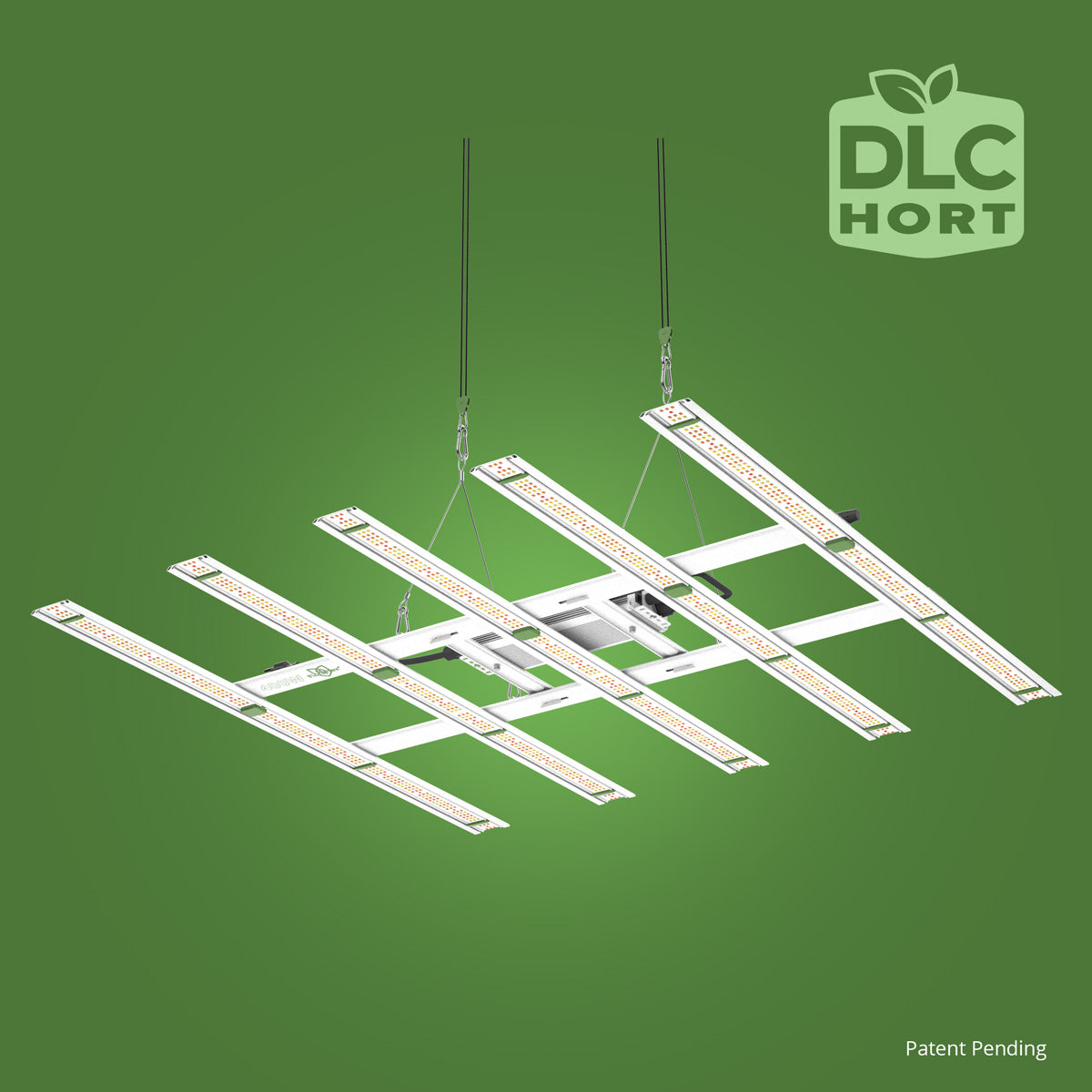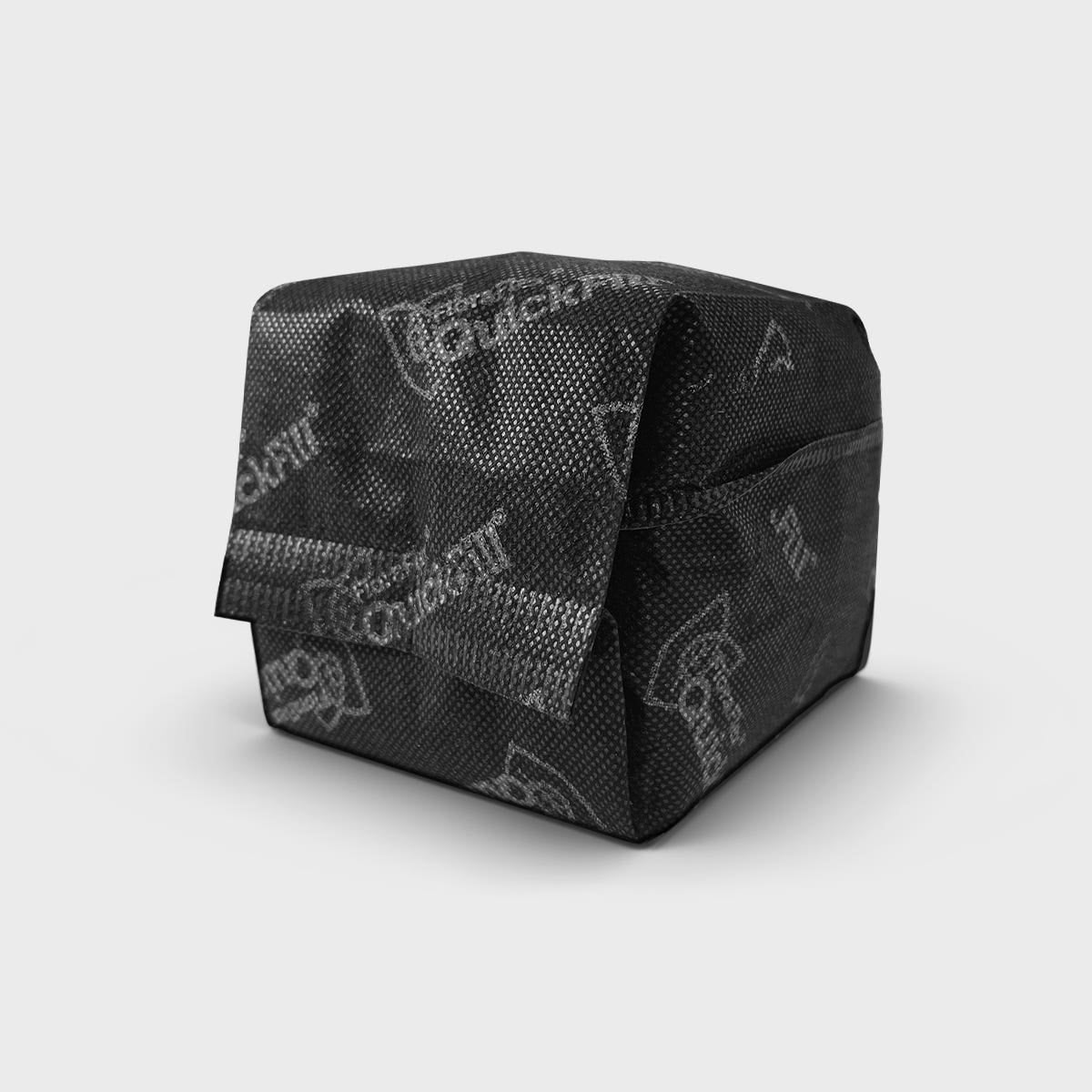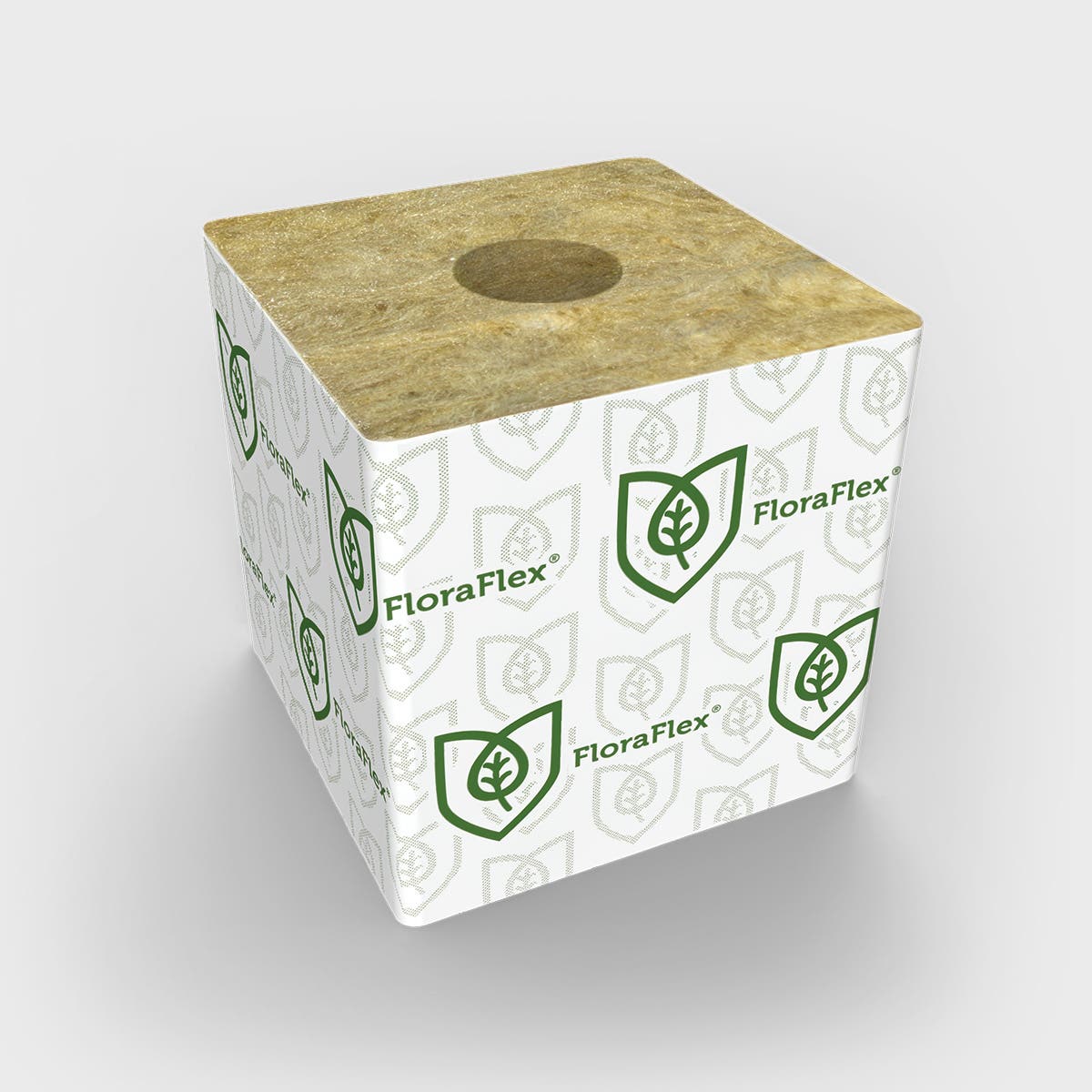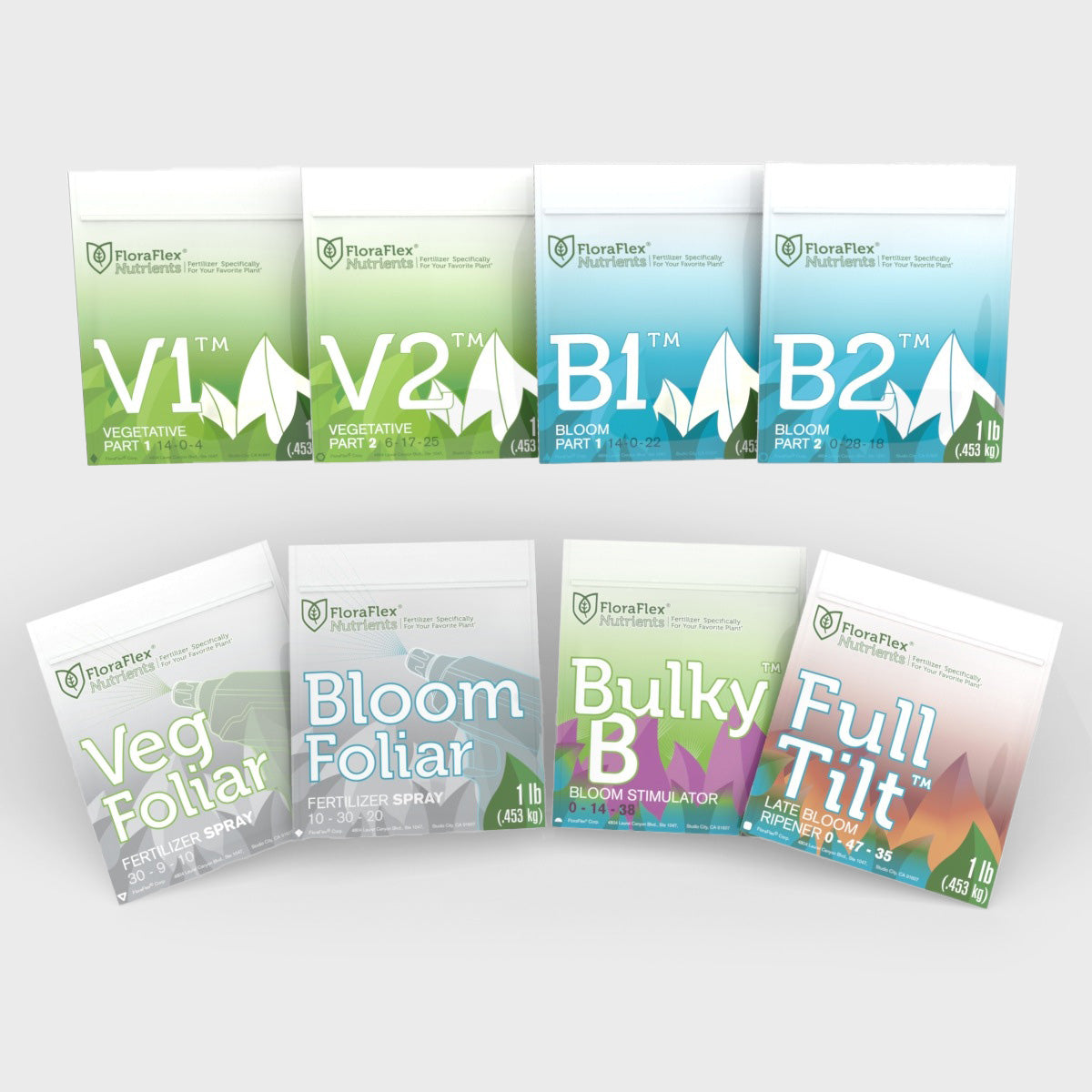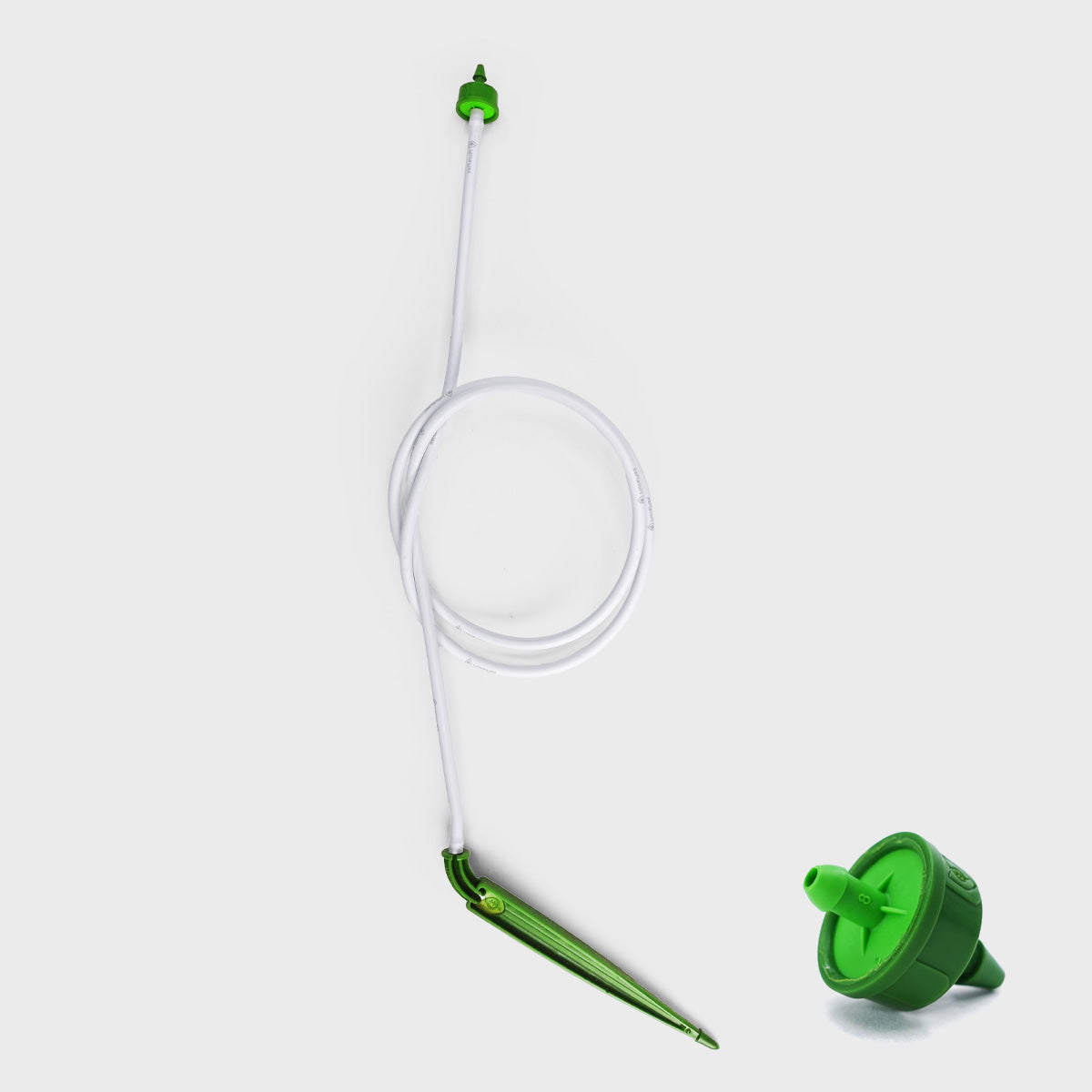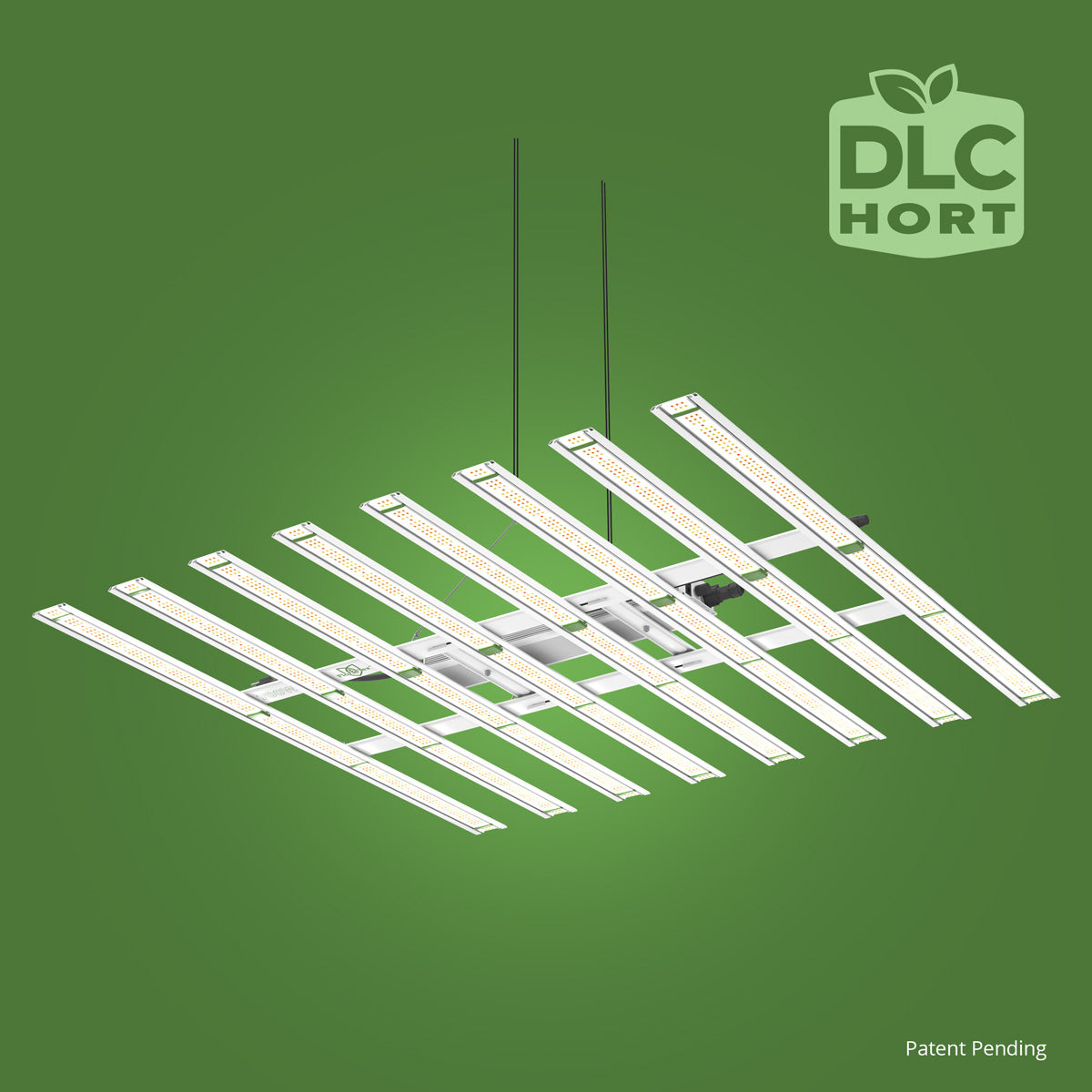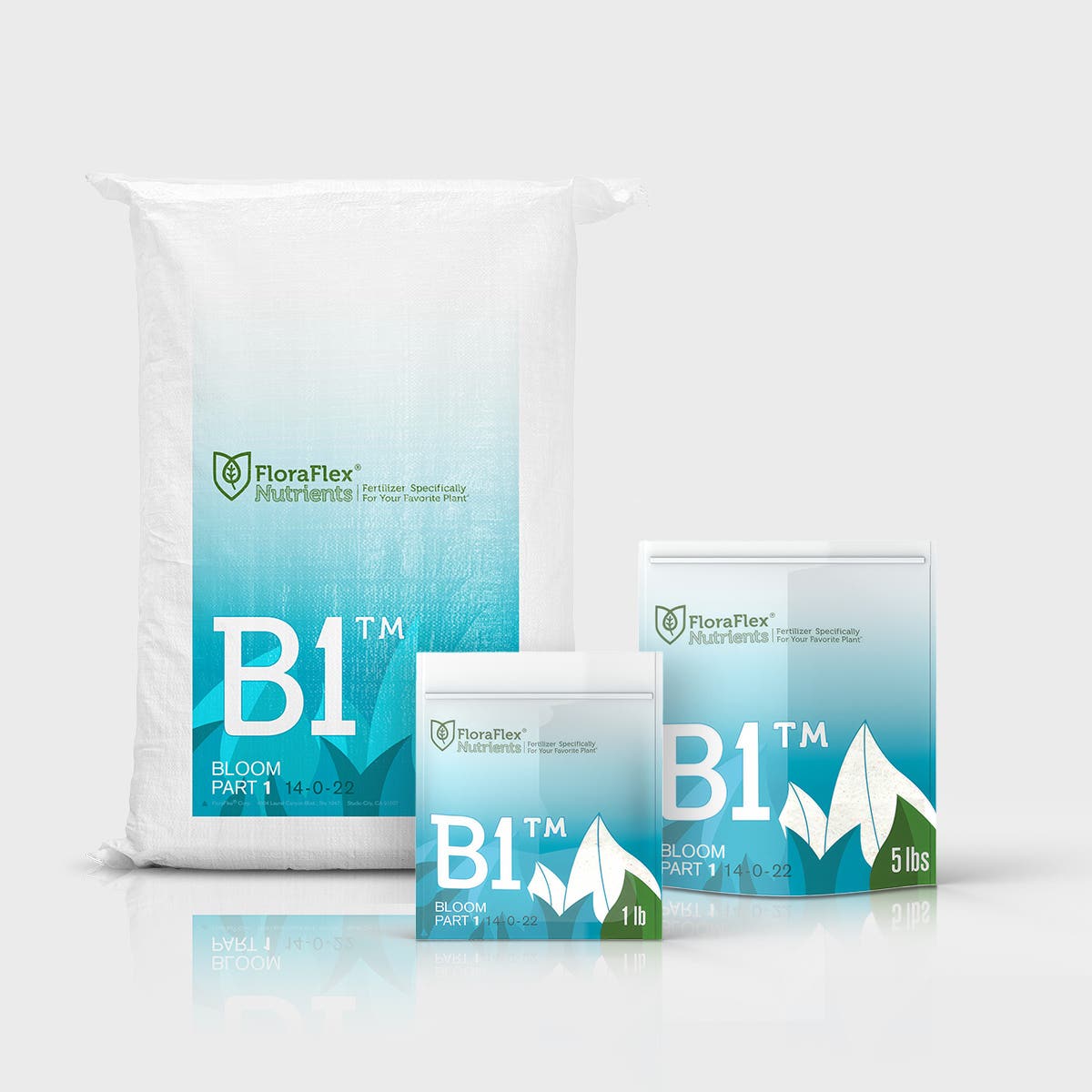In recent years, there's been a significant increase in the awareness of sustainable practices, especially in gardening and home irrigation. Among the various eco-friendly methods available, DIY rainwater harvesting stands out as an efficient and cost-effective strategy. Whether you're a passionate gardener or simply looking to reduce your environmental footprint, setting up your rainwater harvesting system can be a rewarding project.
Why Harvest Rainwater?
Rainwater harvesting is the collection and storage of rain for future use. This technique not only conserves water but also reduces the burden on your tap water supply. In areas prone to drought or water restrictions, harvested rainwater can be a valuable resource.
The benefits include:
- Cost Efficiency: Reducing water bills by using free water.
- Sustainability: Minimizing your carbon footprint.
- Plant Health: Providing chemical-free rainwater to plants, which is known to be more beneficial than treated tap water.
Getting Started
Setting up a basic rainwater harvesting system can be simple and implemented without professional assistance. Here's a step-by-step guide:
1. Choose the Right Collection Method
The most straightforward method involves using gutters to direct rainwater into containers or barrels. Ensure that your gutters are clean and in good condition to prevent contamination.
2. Select the Ideal Tanks or Barrels
Choose containers that suit your garden size and needs. You can find barrels specifically designed for rainwater collection, which often come with features like spigots for easy water access.
3. Install a Filtering System
To ensure the quality of the collected water, install a simple filter on the gutter inlet to keep debris and pollutants out. A fine mesh screen can suffice for basic filtration.
4. Water Usage and Distribution
Once you've collected enough rainwater, you need an efficient system for using it. This is where tools like the 1.5L Pump Sprayer can be incredibly useful. Perfect for precise watering, a pump sprayer allows you to evenly distribute water to your plants without wastage.
5. Regular Maintenance
Inspect and clean your rainwater system regularly to ensure effectiveness and water quality. This includes checking for any leaks in the gutters and removing any collected debris.
Enhance Your Garden with FloraFlex
If you're interested in elevating your gardening practices, consider integrating FloraFlex products into your setup. While rainwater harvesting provides a valuable source of free water, FloraFlex offers solutions for efficient water distribution and plant care that can complement your eco-friendly efforts.
For more information on optimizing your garden and sustainable watering practices, visit our website.
By embracing DIY rainwater harvesting, not only do you contribute to environmental preservation, but you also cultivate a healthier garden. With the right tools and a bit of dedication, this practice is both manageable and highly beneficial.


